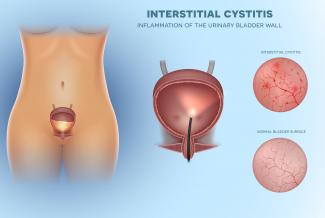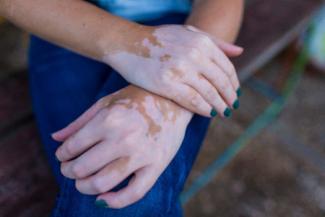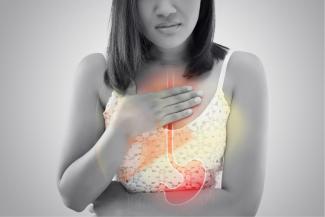News
- Skeletal Muscle and Prognosis of Liver Cancer
17 Dec 19
- Vitamin D and Diabetic Retinopathy
17 Dec 19
- Cryotherapy for Ankylosing Spondylitis
04 Nov 19
- Treatment of Refractory Edema with Herbs
04 Nov 19
- Acupuncture for Acute Pancreatitis
04 Nov 19
- Aerobic Exercise Helps Cardiovascular Risk In Hemodialysis Patients
04 Nov 19
- Single Mega Dose of Vitamin D Improves Physical Variables
04 Nov 19
- Health Canada Recall: Undeclared drug ingredients can cause harm
09 Oct 19
Health Canada is advising Canadians that Pharm Canada Inc. is recalling all lots of “Passion X” and “Passion Fem” from retail because they contain an undeclared prescription drug ingredient (sildenafil) and may pose serious health risks. The products are marketed to help support emotional aspects of sexual health.
In addition, Health Canada suspended all of the company’s sexual health product licences, which means no person or company is permitted to sell these products in Canada (see affected products below). Pharm Canada Inc. confirmed “Passion X” and “Passion Fem” are the only sexual health products it was marketing in Canada.
Prescription drugs should be taken only under the advice and supervision of a health care professional because they are used to treat specific diseases and may cause serious side effects.
- Herbal Medicines for vascular dementia
23 Aug 19
- Testing for Celiac Disease among CAM practitioners
20 Aug 19
- Acupuncture for PCOS
16 Aug 19
- Zinc deficiency and aphthous stomatitis
15 Aug 19
- Vitamin D in military personnel: a review
13 Aug 19
- Green tea extract and CrossFit effects on antioxidant status
03 May 19
- Medicinal plants as treatments for UTIs
03 May 19











